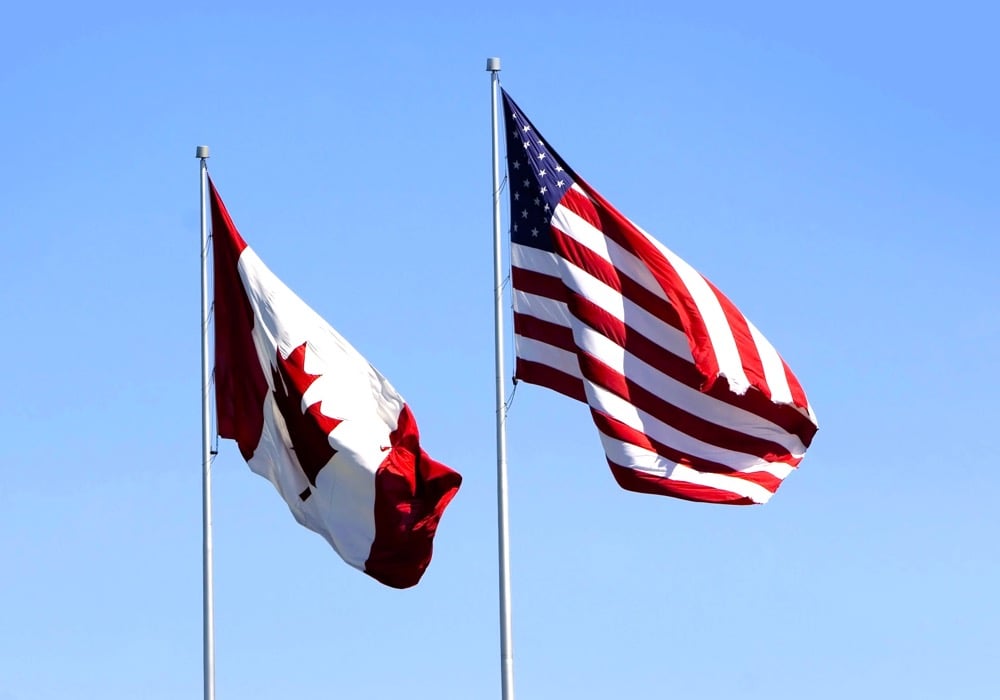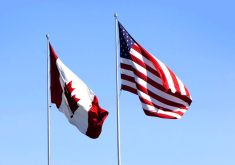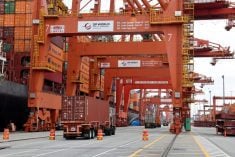By Theopolis Waters
CHICAGO, July 24 (Reuters) – The U.S. cattle herd as of July 1 was up two percent from a year ago, continuing the trend that began in January that reversed a seven-year decline, the government’s semi-annual cattle report showed on Friday.
Affordable feed, healthy grazing pastures and strong cattle prices encouraged ranchers to aggressively replenish U.S. cattle numbers that at one point last year had fallen to a 63-year low after several years of drought shriveled crops, said analysts after Friday’s report.
Read Also

Canadian trade data delayed by U.S. government shutdown
Canadian international trade data for September will be delayed indefinitely due to the ongoing partial shutdown of the United States government, Statistics Canada said Friday, Oct. 24.
But because of still tight cattle supplies, next summer is the earliest that shoppers can expect to see relief from record high beef prices at the meat case, analysts said.
The U.S. Department of Agriculture’s twice-yearly cattle inventory report showed the U.S. cattle herd as of July 1 up two percent from last year at 98.4 million head. That was on target with analysts average predictions of a two percent rise from 96.3 million in July 2014.
Friday’s USDA data showed the July 1 cattle population was the largest for that period since 100 million head in 2011, analysts said.
“Producers are seeing market prices that say rebuild and they’re looking at grass that’s green. And, the two of those put together are putting the fire underneath them,” said Oklahoma State University economist John Michael Riley.
Analysts said the roughly seven percent year-over-year increase in the beef cow replacement category sends a clear signal that herd rebuilding is in full swing with ranchers holding back more heifers for breeding.
There are a lot of heifers that are being taken out of the supply chain that in a normal year would have gone to feedlots and packing plants, said Riley.
Rich Nelson, chief strategist with Chicago-based Allendale Inc, said most of USDA’s data came in close to trade expectations with the industry eyeing the first full year of a rising cow herd.
As a result, weaker prices may be in store for calves in the coming fall, feeder cattle this spring and market-ready, or live, cattle next summer, Nelson said.
“There will be expansion, but the bottom line is we’ll still have tight supplies next year. It will be 2017 where we really see live cattle prices take a hit,” he said.














